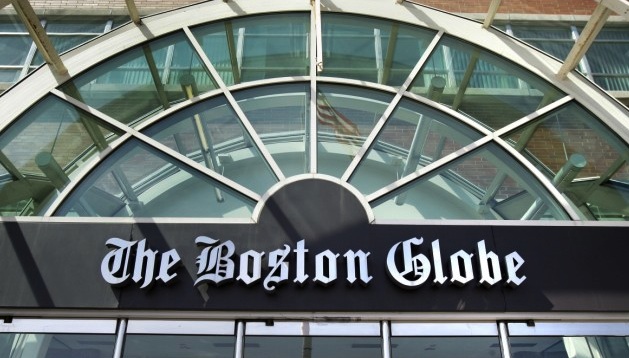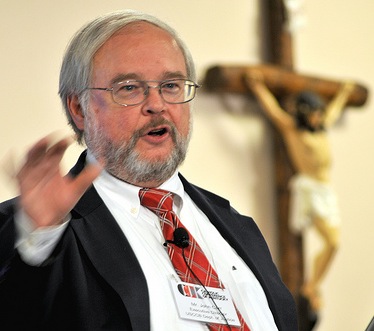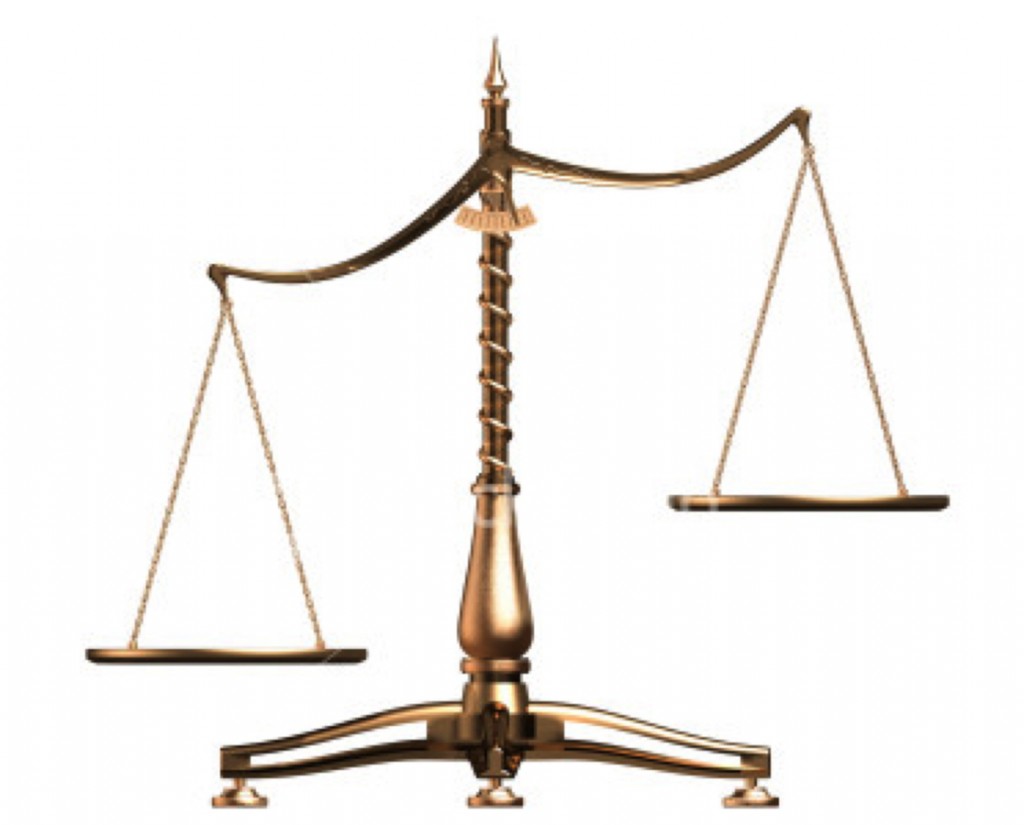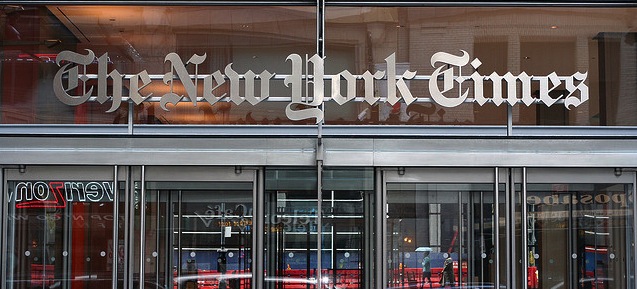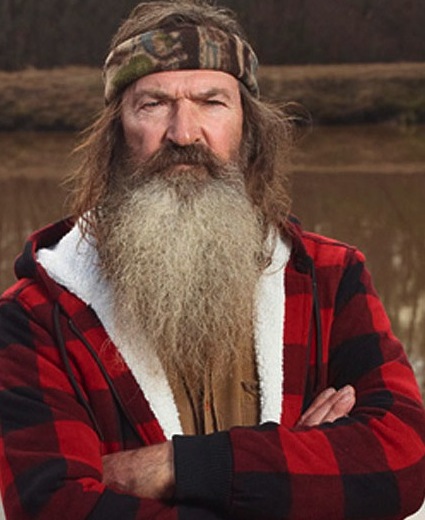Just the other day, I heard a long-time GetReligion reader use a very interesting new journalism term — “Kellerism.”
Wait for it, faithful readers. Let’s walk through this with newcomers to the site. What, pray tell, are the key beliefs in the journalistic philosophy that is “Kellerism”?
Yes, this is another reference to the pronouncements of former New York Times editor Bill Keller, with an emphasis on this 2011 remarks (video) at the Lyndon Baines Johnson Presidential Library in Austin. Here, once again, is a chunk of an “On Religion” column I wrote about that event, when the newly retired Keller was asked if — that old question — the Times is a “liberal newspaper.”
“We’re liberal in the sense that … liberal arts schools are liberal,” Keller noted. … “We’re an urban newspaper. … We write about evolution as a fact. We don’t give equal time to Creationism.” …
Keller continued: “We are liberal in the sense that we are open-minded, sort of tolerant, urban. Our wedding page includes — and did even before New York had a gay marriage law — included gay unions. So we’re liberal in that sense of the word, I guess. Socially liberal.”
Asked directly if the Times slants its coverage to favor “Democrats and liberals,” he added: “Aside from the liberal values, sort of social values thing that I talked about, no, I don’t think that it does.”
So here is first core “Kellerism” doctrine: There is no need for balance and fairness and related old-fashioned journalism values when one is dealing with news linked to morality, culture, religion, yada, yada. Newspapers should resist the urge to slip into advocacy journalism when covering politics, but not when covering — uh — moral, cultural and religious issues such as sex, salvation, abortion, euthanasia, gay rights, cloning and a few other sensitive matters. You know, non-political issues. Things like Roe v. Wade and Romer v. Evans.
The second “Kellerism” doctrine is related to that and can be glimpsed near the end of Keller’s response (.pdf here) to the famous “Preserving Our Readers’ Trust” self-study of the Times, during troubled ethical times in 2005. The key is that Keller insisted that he was committed to diversity in the newsroom on matters of gender, race, etc. However, he was silent or gently critical when addressing the study’s calls for improved cultural and intellectual diversity. The Times was diverse enough, it appears, on those counts.
Yes, criticism of the newspaper’s coverage of traditional religious believers was raised as a concern by the committee that wrote the report.
So why bring up this new term in a post topped with a photo of The Boston Globe building?

